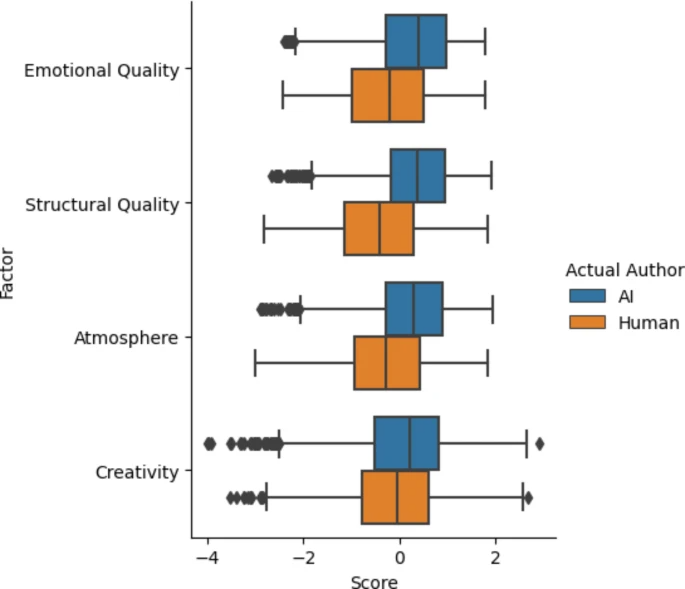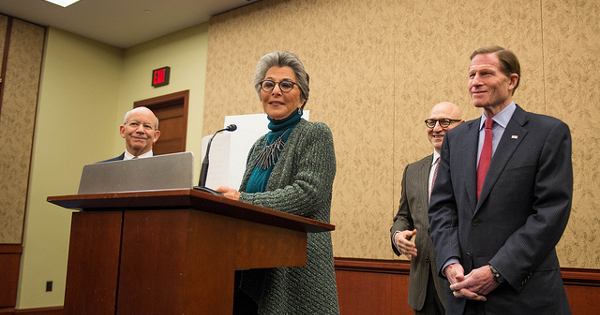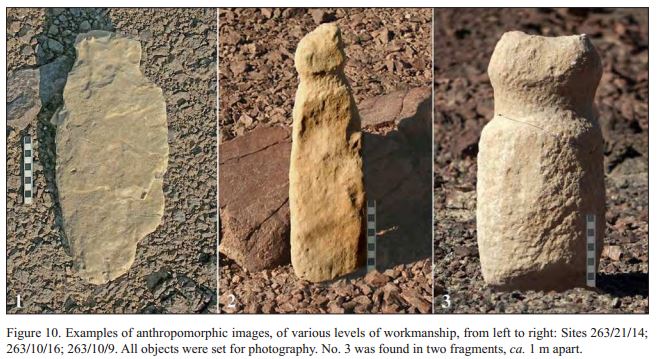It's Academy Awards time, which means the science community is aflame with debates about whether Hollywood elites are racist, sexist, bigoted or not liberal enough...okay, no one in science actually debates any of that the way Hollywood does, but we do get to think about how science did in film in 2014.
Science is big in culture these days - everyone loves it. You can't watch a blurb about a superhero movie where a character jumps out of a building and into a helicopter because the helicopter turns on its side without someone making the movie claiming they are grounded in science.
In 2013, the US FDA got tired of being stonewalled when it came to seeing proof of Google-backed 23andMe marketing claims regarding BRCA-related genetic risk and drug response, along with marketing blurbs that they can make it possible to “take steps toward mitigating serious diseases” such as diabetes, coronary heart disease, and breast cancer.
Northern British Columbia's First Nation leaders repeatedly rejected the proposed Enbridge Northern Gateway Pipelines from Alberta and so oil companies are shipping more oil by rail, which requires no new approval, and is inherently more environmentally risky than the pipeline they said was too risky.
If you are more familiar with U.S. scientization of politics, it is like the Obama administration ignoring Yucca mountain science reports so that nuclear waste can remain in over 100 different locations of suspect quality: A win for environmental activists who wanted to flex their muscles but a loss for everyone else.
Would you like some Campylobacter
or E. Coli today? Raw milk in 26 U.S. states is now the best place to get it, since most readers of Science 2.0 are not going to have the opportunity to buy chicken from a street vendor in China.
We tend to think society is more sexualized today but perhaps it's only now that the common people are getting it on the way elites once did.
In the Eilat Mountain region around Nahal Roded in Israel, recently discovered sites look distinct from other ones nearby: They have 126 ‘regular’ standing stones along with perforated ones and anthropomorphic stone images to go with them. The tools date back to the Neolithic period - before pottery.
 Rutgers Study - Forcing DEI Programs On People Increases Hostility
Rutgers Study - Forcing DEI Programs On People Increases Hostility Minnesota Trial Lawyers Want To Ban Neonics - Here Is Why That Is A Mistake
Minnesota Trial Lawyers Want To Ban Neonics - Here Is Why That Is A Mistake The Toxic Masculinity Of Disney Movies
The Toxic Masculinity Of Disney Movies AI And The Poetry Problem
AI And The Poetry Problem









